The transition to college can be incredibly isolating — anyone at NYU can understand how difficult it is to live away from family and home. While the city lifestyle is glamorous for some, college dorms are barely more than a plain white box with generic furniture. They all have the same utilitarian wooden desks, clunky rocking chairs, tall wardrobes or short hidden under-the-bed storage.
Low-cost housing doesn’t mean low-quality living
A photographer captures how residents in lower-cost housing turn their small rooms into cozy homes.
October 19, 2022
Dorm rooms’ limited palettes make options for self-expression feel slim, especially for students living in low-cost housing. They often have tighter rooms, bunk beds, ventilation gaps and dated amenities.

But in the face of adversity, these bare-boned dorms drive students to find creative ways to make their dorm feel like home.
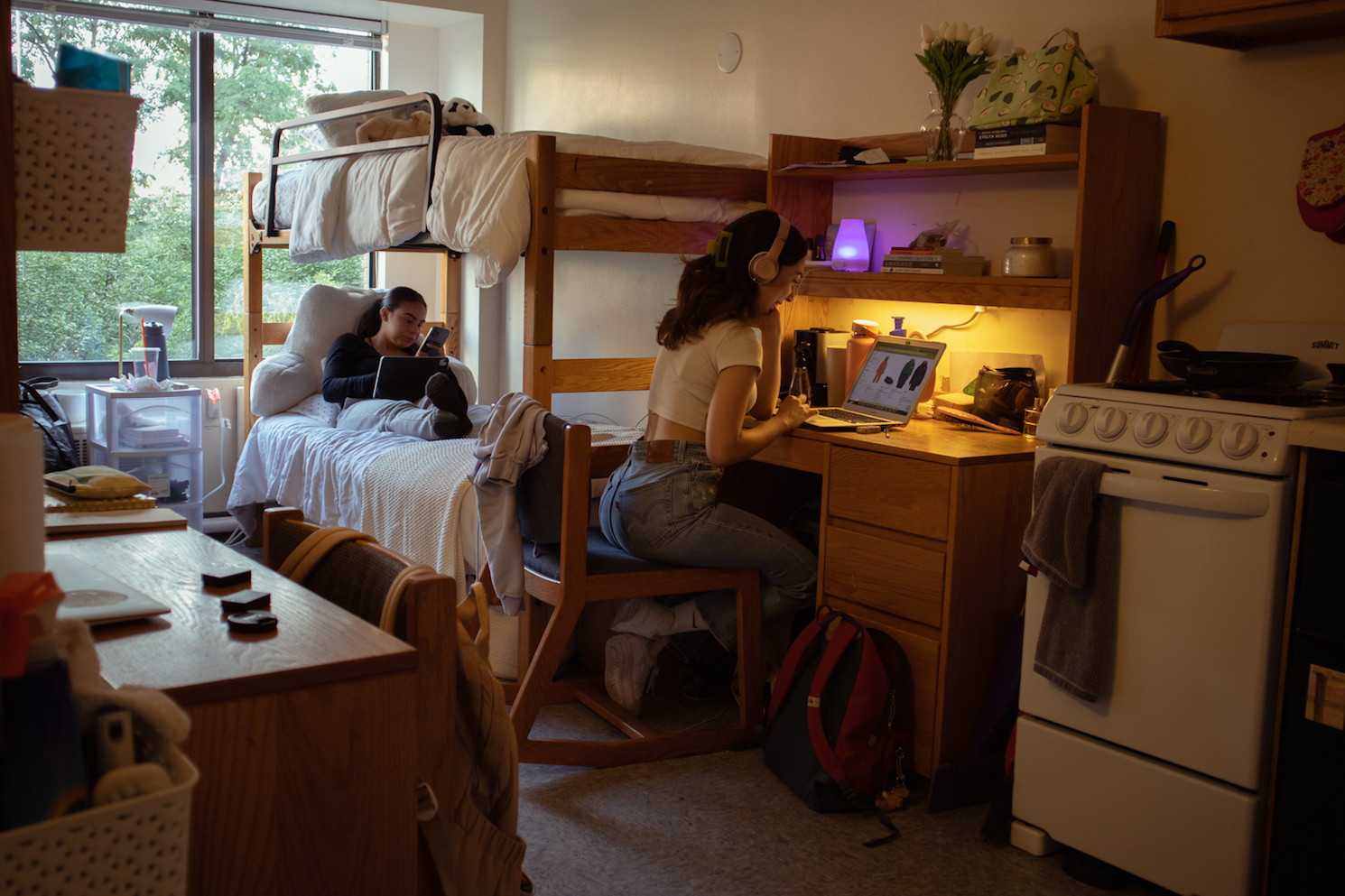
Liberal Studies sophomores Amber Loza and Stern sophomore Lynn Martinez find this sense of home in their shared space and time. In their Second Street efficient studio, they share a bunk bed set, a small closet, and a kitchenette equipped with a mini fridge, sink and sufficient cabinet space.
They opted to pack lighter — favoring minimalism, bringing what was most important to them and avoiding crowding in their room.
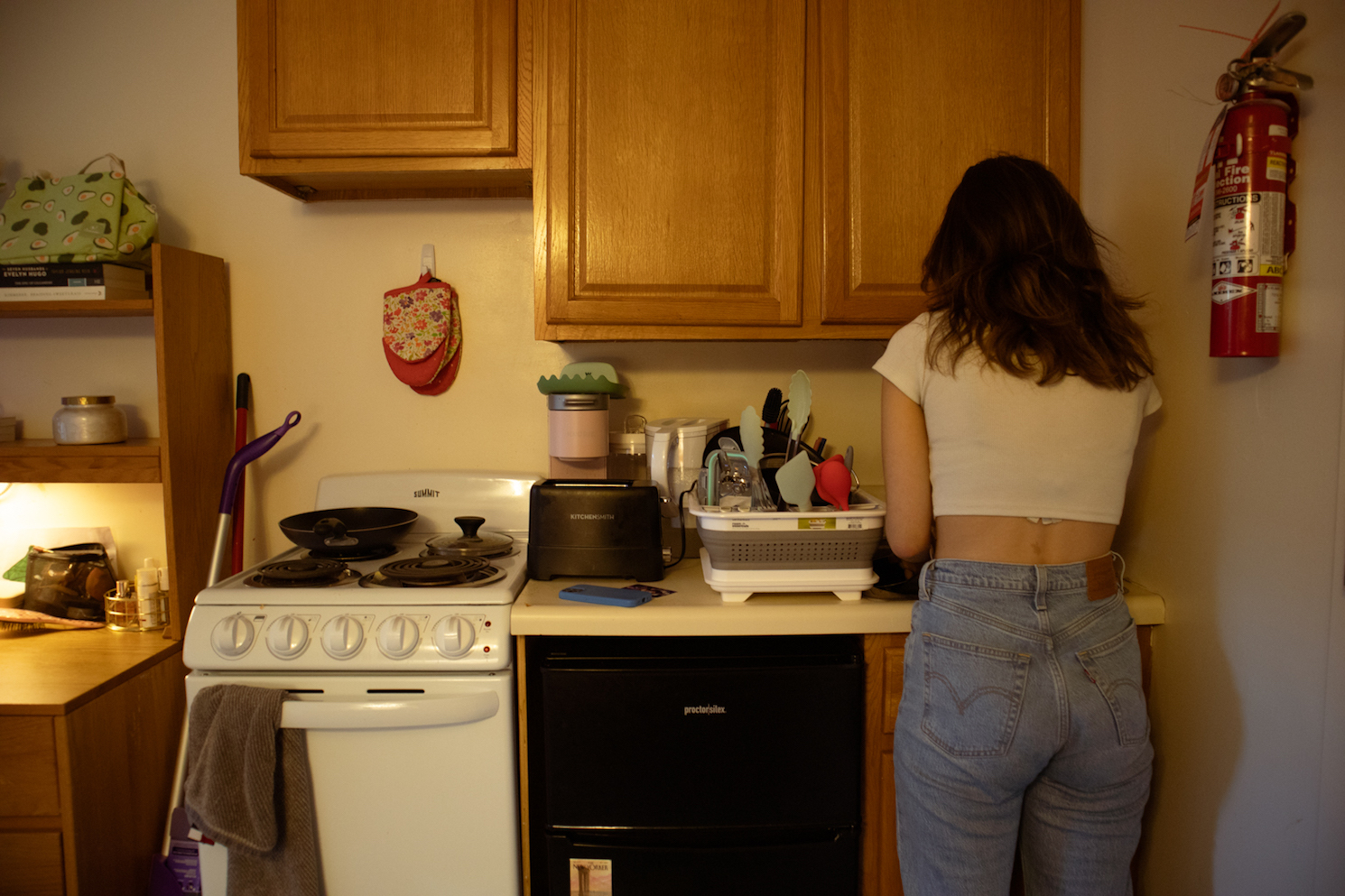
Collaboration is vital in their dorm. To save more money, Loza and Martinez went without their meal plan for the year and quickly adjusted to cooking meals — whether they are a classic PB&J or their favorite lemon butter garlic pasta with shrimp.
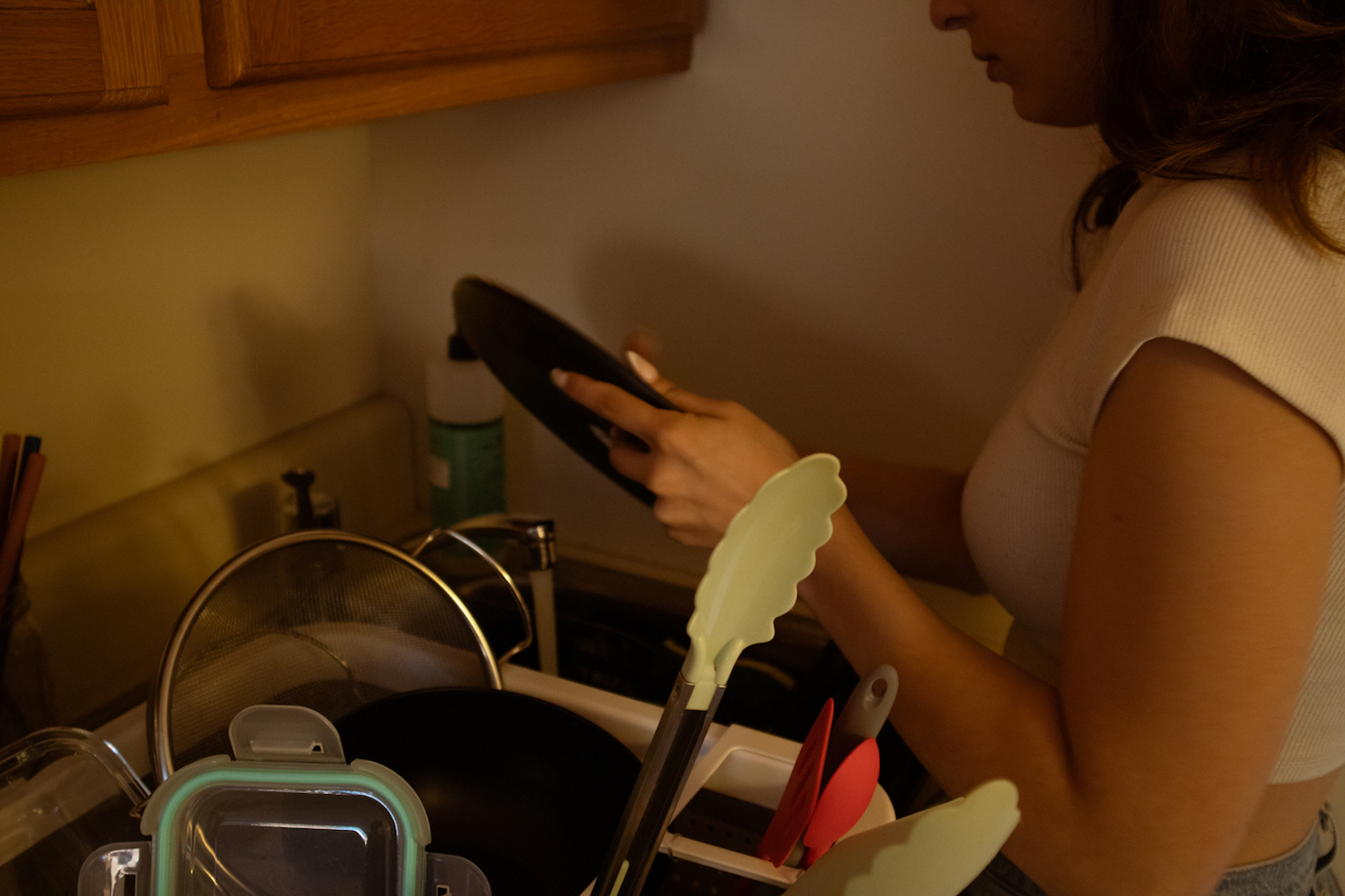
“We share a lot of things, and that saves a lot of space since there aren’t duplicates of pots and pans,” Martinez said. They use storage bins to organize their cleaning supplies and extra sets of plastic drawers for additional storage.
Second Street’s efficient studios are not the only low-cost option at NYU; the school also offers upperclassmen apartment-style options like the rooms at Coral Tower.
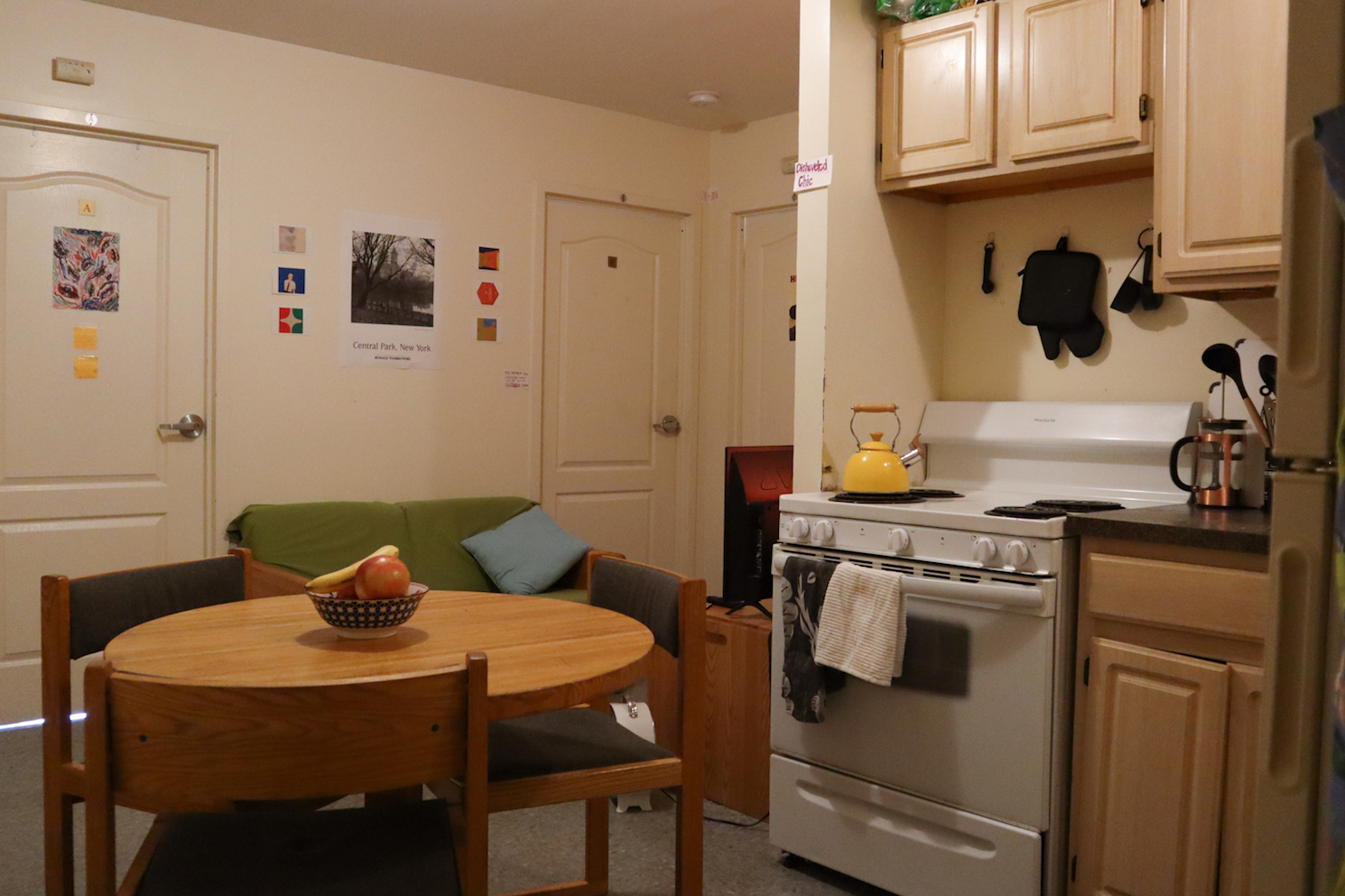
I live in a five-person suite with two low-cost doubles, one single bathroom and a shared common area. All the beds are tall, with two dressers tucked underneath.
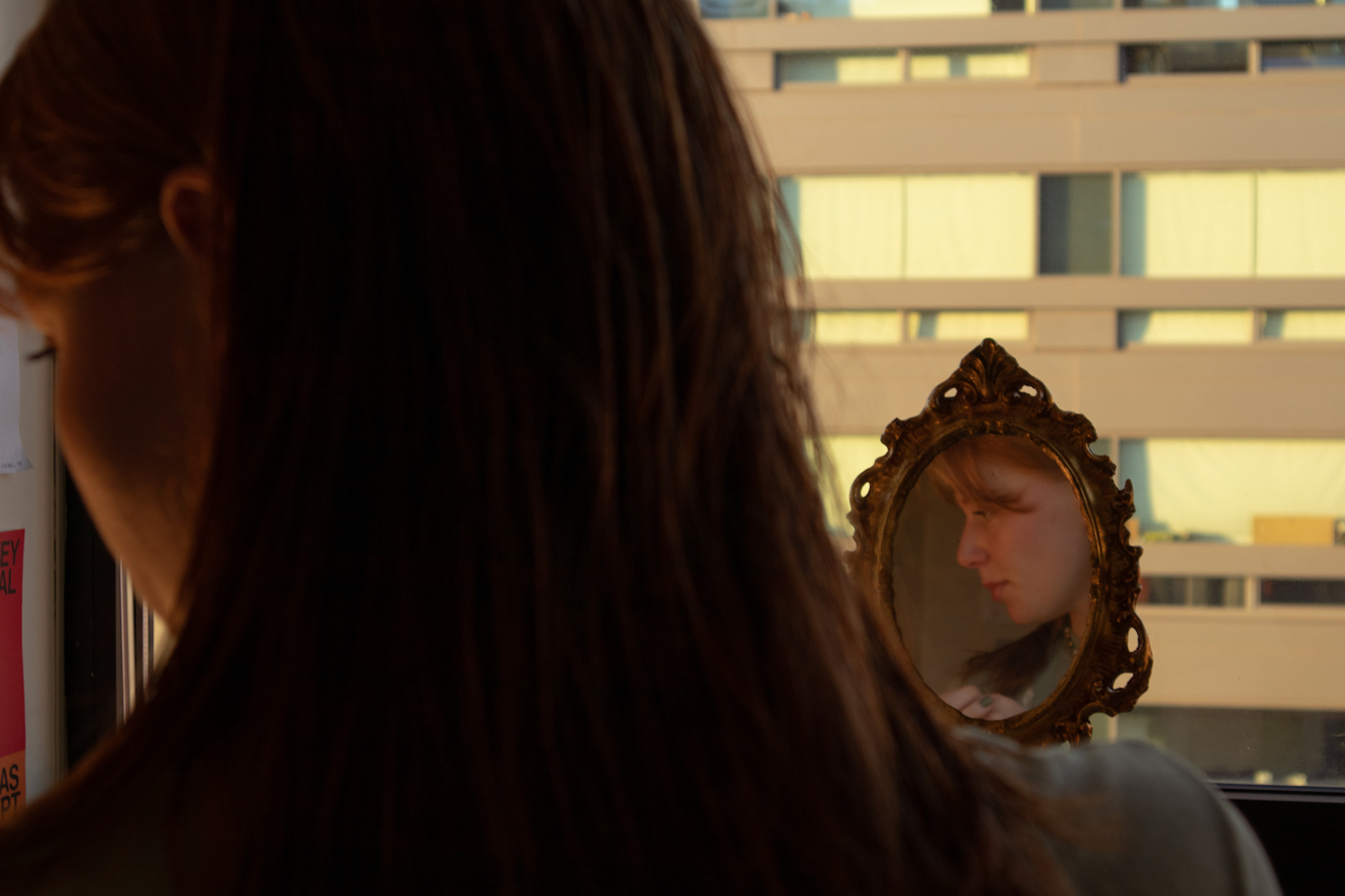
In my suite, my roommate Isabel Waring, CAS sophomore, re-arranged the beds and desks. She pushed the beds close to the entrance and the desks toward the window for more natural lighting on our desks.
“Organization is key,” Waring said. “Everything has its spot, but it also has to be visible for me to use it.”
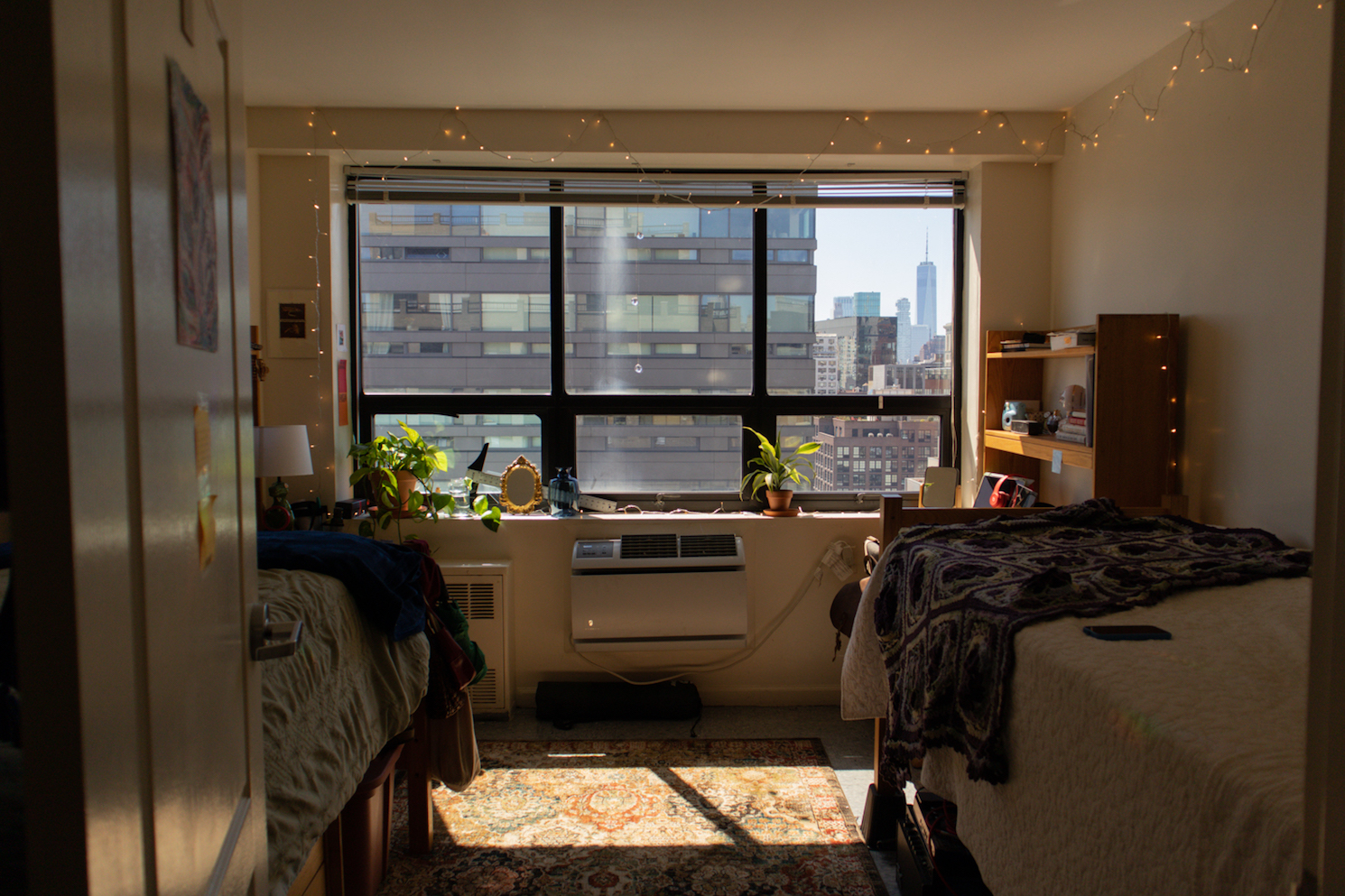

Global Liberal Studies sophomore Zoé Reed lives in the suite’s other double with her roommate Issara Schmidt, CAS sophomore. Surprisingly, Reed noted that the large windows limit her wall space to decorate, but she uses the windowsills for books and plants that don’t fit on her desk.
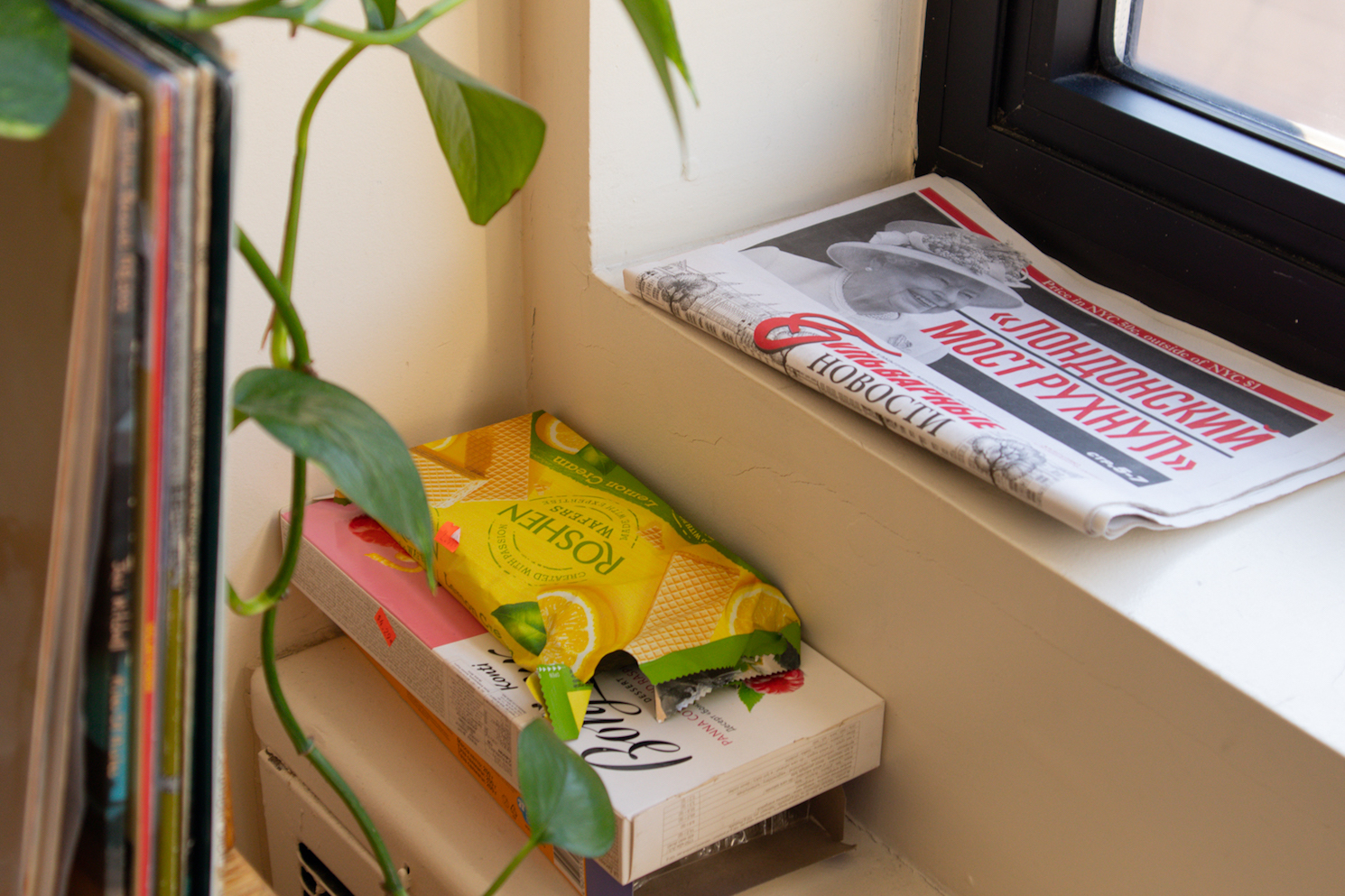
CAS sophomore Joshua Drasin, our suite’s fifth and final member, has a private single with the smallest room, but to him, the privacy is worth it. He keeps everything clean to maximize space.
“It’s important to put as many things I love in the space as possible,” Drasin said.

While sharing a space with many people can sometimes be difficult, communication helps. We choose to keep our doors open during the day and make the common area an extension of our bedrooms.
“I think our goal was to fill the common room with as many colors as possible,” Waring said. “We wanted it to feel warm and welcoming, a calm and relaxing space for our friends and us.”
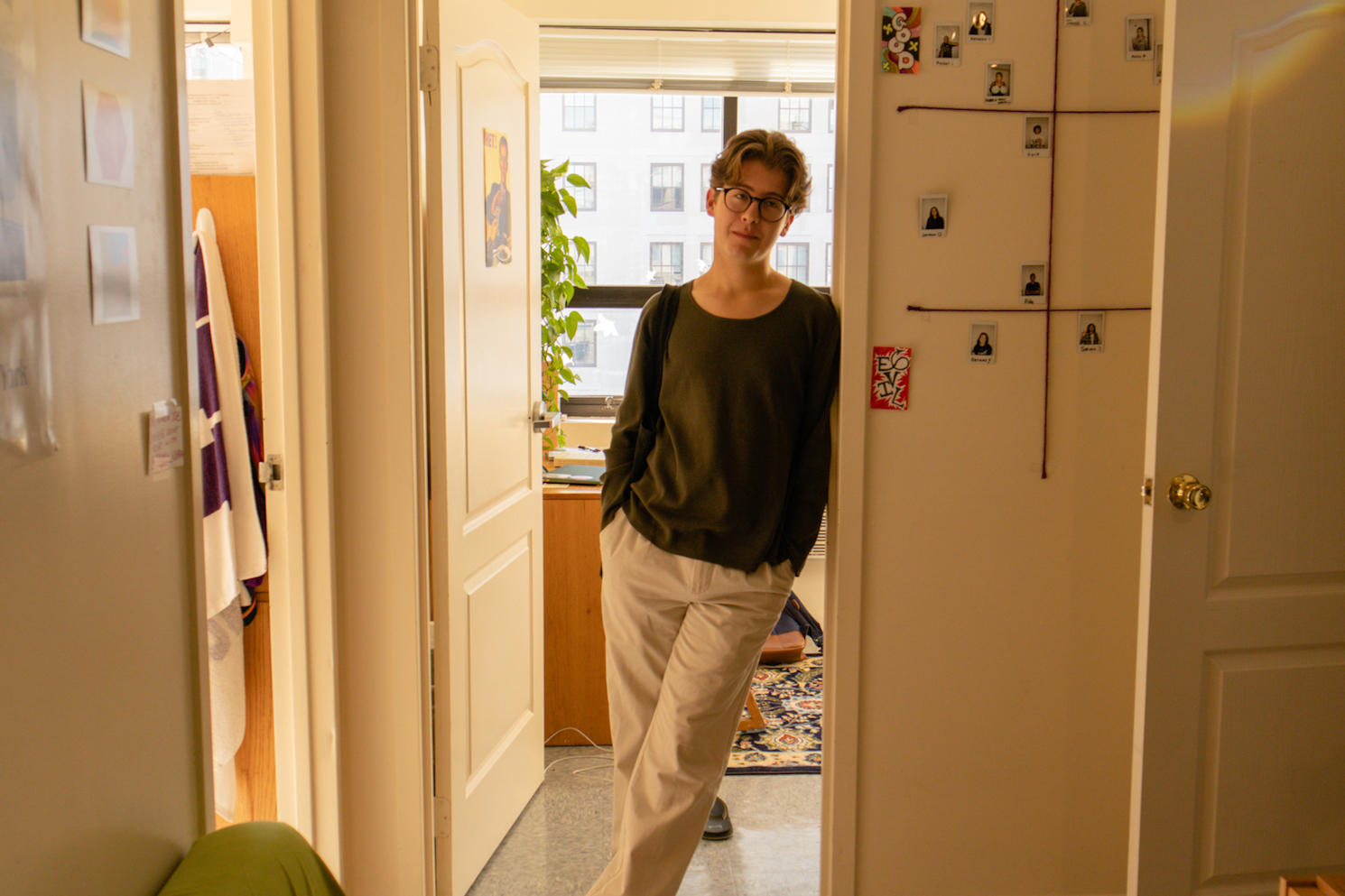
Low-cost living doesn’t define your quality of life during college, but it does impact how you choose to utilize it and make the best of it. With some personalization and a lot of collaboration, these bare-bones dorm rooms can feel like home.
Contact Natalia Kempthorne-Curiel at [email protected]
Developed for web by Samson Tu
